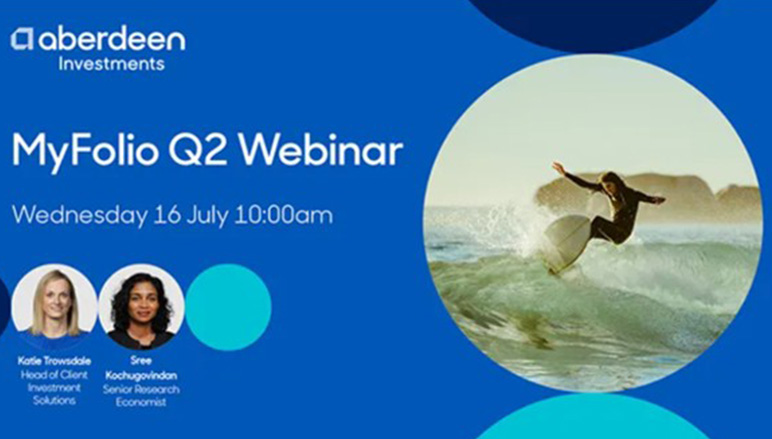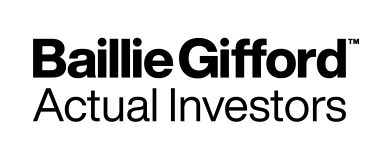Today’s headlines warned of a ‘feemageddon’ for asset managers, as a new report showed fees on US equity funds fell to a new record low last year.
- Asset management fees are dropping, this is good news for consumers, but makes for a tough environment for asset managers
- Asset managers have tried to build scale to combat the problem, but bigger funds can deliver weaker performance
- Investment managers may need to think more creatively about their charging structure
The report showed the average expense ratio of a US equity mutual fund dipped to 0.55% in 2018, down from 0.59% the year before and around half the level seen at the turn of the millennium (source: Investment Company Institute).
This is in the US, where the influence of passive has become more and more powerful. The major asset managers have been forced to cut fees to stay competitive. Passive hasn’t made quite the same impact in the UK yet, but it is difficult to see the trend reversing. In the US, it has put real pressure on the asset managers’ share prices. The Financial Times reports that the shares of US listed asset managers fell more than a quarter in 2018.
The solution for many asset managers has been to try and build scale. This has led to a number of mega-mergers and lots of consolidation across the sector. However, there remains a question as to whether this is really the right option. After all, building larger and larger funds have generally not been a good route to strong performance and is certainly not the right option for certain asset classes.
More innovative fee structures have emerged. Orbis, for example, has brought its products to the UK with an alternative fee structure that effectively reserves payment during periods of strong performance and pays it back during periods of weak performance. Its view is that the fund management industry has a responsibility to build trust and to keep people invested - most investors don’t get the performance of the fund because they switch in and out at the wrong time. Its structure means that investors don’t pay more than they would for a tracker if the fund underperforms the market.
The argument against this type of fee is that it is complicated, but is that necessarily a problem if it better aligns asset manager and investor? In a world where passive management is more influential, there should be better scope for active managers to deliver good performance. However, they may need to think more deeply about the way they charge for services and recognise that the percentage fee model can create the wrong incentives.









